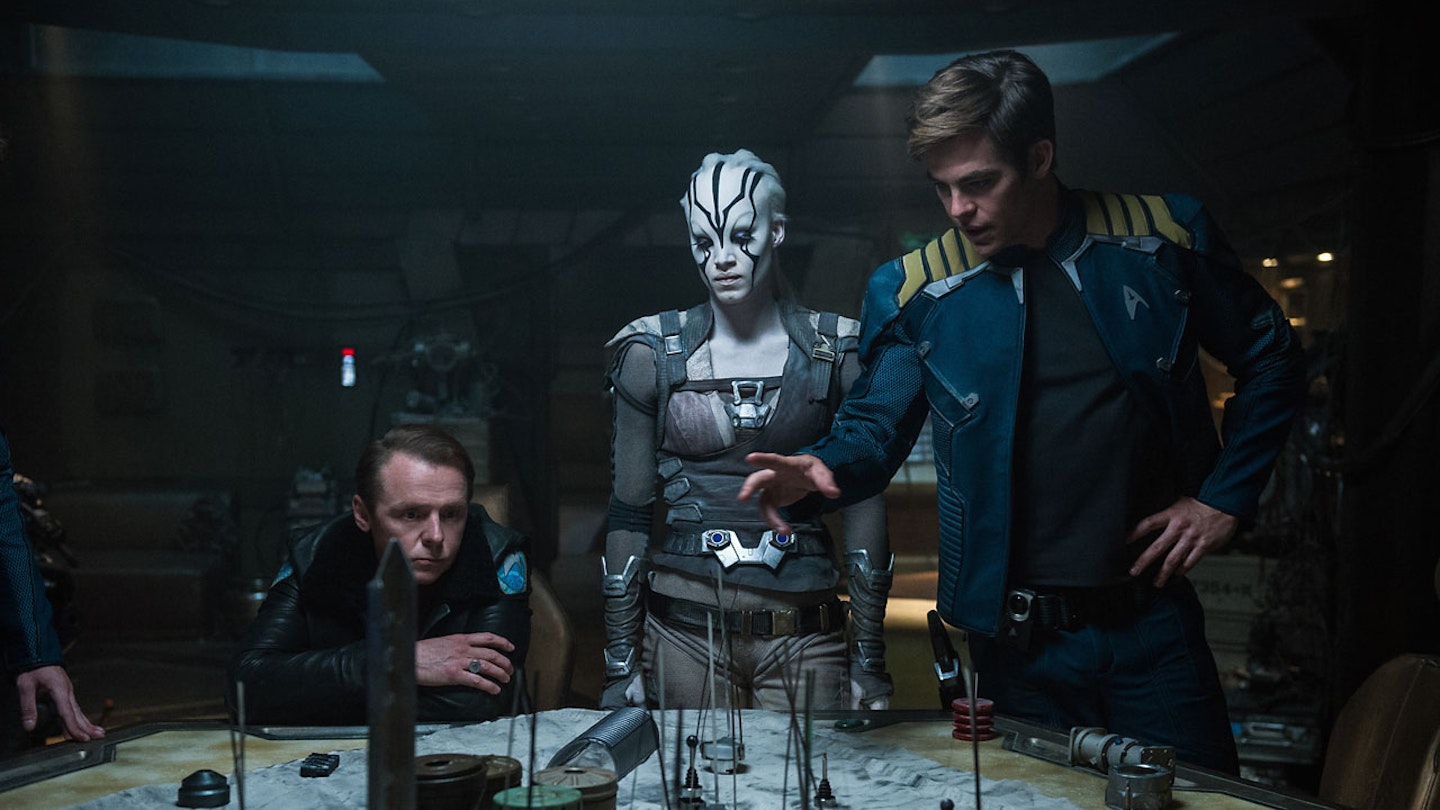Captain’s log. Stardate: 2016. Mid-July. Thursday afternoon-ish. These are the voyages of a somewhat overused opening paragraph for any Star Trek-based article. Its mission: to explore the strange new world of Star Trek Beyond; to seek out interesting stories and behind-the-scenes secrets of the thirteenth Star Trek film from its director, Justin Lin, and co-writer/star Simon Pegg; to boldly go where several other film journalists have probably gone before. Warp speed, Mr. Sulu!
WARNING: there are spoilers for Star Trek Beyond throughout this article.
1. The Enterprise has never had an official blueprint until now
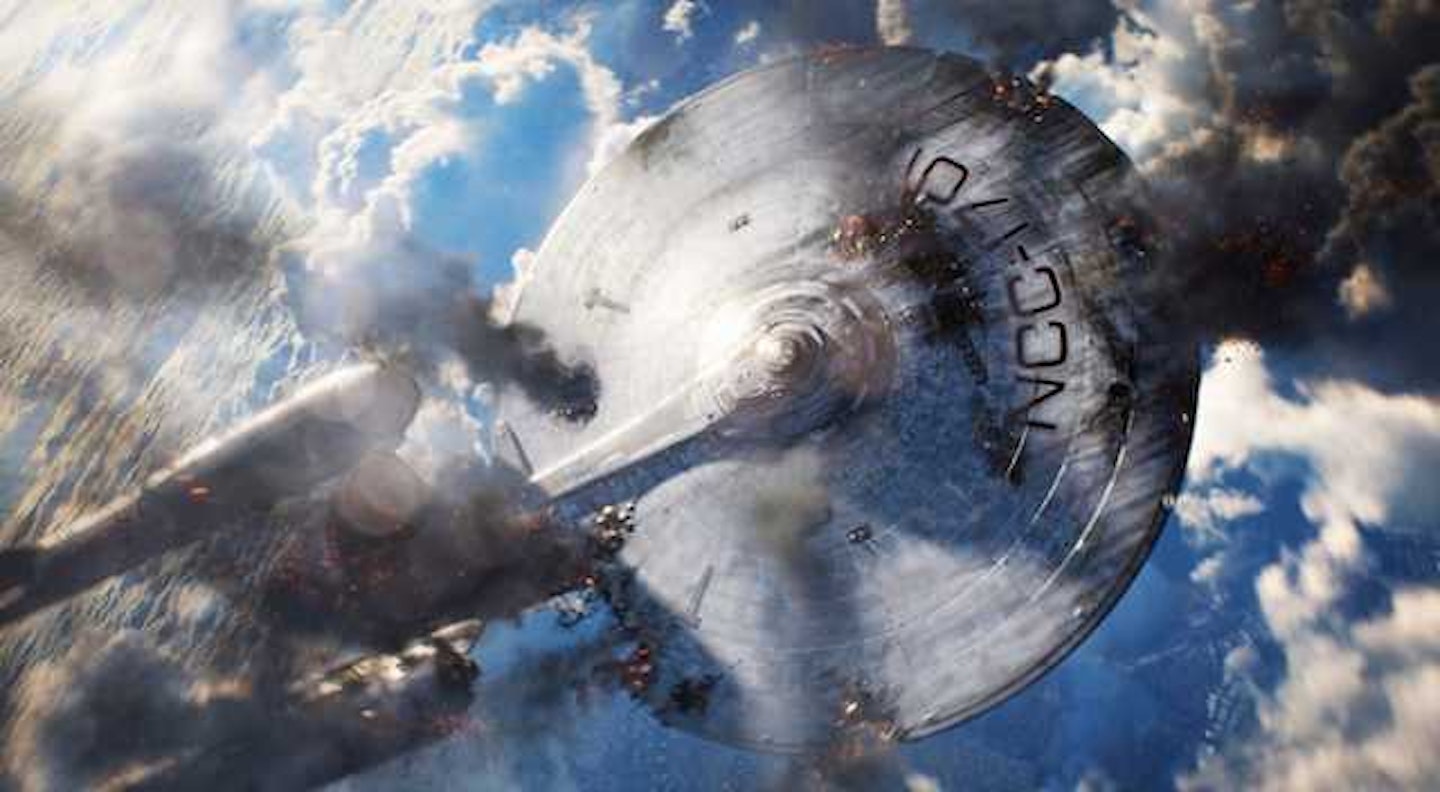
Star Trek Beyond explores the geography, structure and anatomy of the Starship Enterprise perhaps more than any entry in the franchise before it (aided handily by the use of CGI). During pre-production of the film, director Justin Lin was surprised to learn that a mocked-up blueprint of the iconic ship had never been made – though a few fans have had a go. “Not one. In 50 years! I couldn't believe it,” Lin says, slightly stunned. “I never knew where the turbolift went!”
And so, in the first act sequence, which sees the ship destroyed by Krall’s swarm, “you get a little bit of the tour,” Lin says. “I wanted to let the audience explore the ship, see where things are. I never really got that sense before.”
2. Pegg and Lin nearly fell out over the Enterprise blowing up

Both Pegg and Lin spoke of the hectic and often stressful schedule Star Trek Beyond was given, after original director Robert Orci left the project. The film went from writing to production in two-and-a-half months – a speed Lin claims “has never been done before” on a film of this size – and the process was sometimes painful. Never more so than a disagreement over whether the Enterprise should be destroyed.
“We had a stand-up row on the phone,” chuckles Simon Pegg, co-writer on the film (as well as starring as Chief Engineer Scotty). “A proper shouty row with each other. Me saying ‘no’ [to destroying the Enterprise], and him saying ‘yes’”.
It was a very painful way to get to know each other...
Pegg argued that it had been done before, in earlier films The Search For Spock and Generations. “But the more I thought about it, and the more we talked about it, the more I realised what Justin wanted to do is remove the connective tissue that necessitates the crew stay together, and see if they stay together”.
Lin admits that some of their meetings were “painful”, noting that “Simon comes from a traditional way of making movies, where you write, and then you keep working on it, and only when you're ready do you shoot. Here, I come in, pitching all these crazy ideas: "we're gonna take out the Enterprise in the first act! Here's Krall!" It was a very painful way to get to know each other. But looking back, I have fond memories of the process.”
3. 'The Beastie Boys sequence' was almost 'The Creedence Clearwater Revival sequence'
The film’s standout scene comes in its final third, when the Enterprise crew defeat Krall’s swarm using the “beats and shouting” of Sabotage by the Beastie Boys. Lin says he had tried a few options as song choice. “I actually was trying to get Creedence Clearwater Revival in there. But it didn't feel right. The third track [we tried] was Sabotage. Once it got in there, it never changed. It was in the DNA of the franchise – it also calls back to Kirk's childhood.”
Pegg expressed particular disappointment that the original Beyond trailer uses Sabotage, as he felt “they blew that. That's our little funny secret weapon. I was kind of ticked off about it. It's the Ewoks against the Empire! It's defeating something technological with something very simple – with just a radio frequency.”
4. There are a quarter of a million ships in the swarm

The swarm army commanded by Krall (Idris Elba) is a fearsome force, and even Pegg admits to being amazed by its size. Lin says he experimented with his visual effects supervisor Peter Chiang on its size, starting with around 2000 ships, then 4000. “In the third act we ended up doing 250,000 ships.”
The swarm is intended to reflect the insurgency-based warfare of the 21st century. “We were very aware that good sci-fi and good Star Trek has allegorical elements. The big battleships that have been built for war are still around – but the tactics have shifted too.”
Pegg offers a little backstory on the swarm, which was originally a mining colony. “That's what the swarm is – sophisticated mining equipment. All those soldiers were just worker drones. Krall turned them into an army, and turned the swarm into a weapon. There's all this great backstory to be explored in the novelisation!”
5. An early idea depicted a culture where gravity was a currency
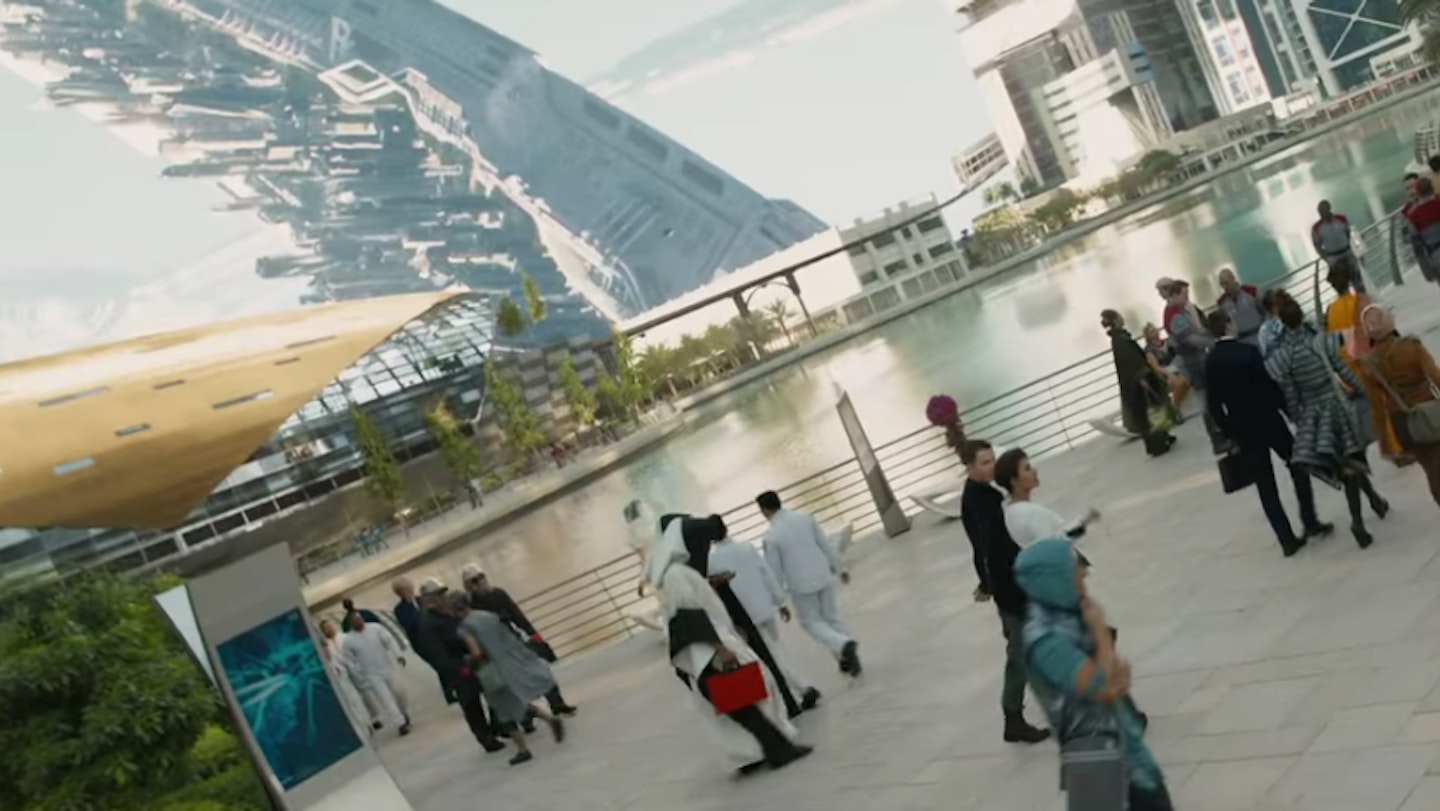
During the early development phase, a few ideas were abandoned, or evolved into other things – one of which was an interesting conceit. We’ll let Lin explain: “I had this other idea where [the Enterprise crew] were going to explore this planetoid system where, instead of money as a currency, gravity was the currency.” It would certainly make trips to the foreign exchange shop a lot more interesting.
The idea was ultimately developed into Starbase Yorktown, the Federation’s deep space outpost, which uses gravity in very creative ways, and leads to a eye-poppingly fun fight between Kirk and Krall in the final act. “I got accused of pushing physics in the Fast & Furious movies,” Lin chuckles, “and here it's ok! It's Star Trek!”
6. There are no deleted scenes
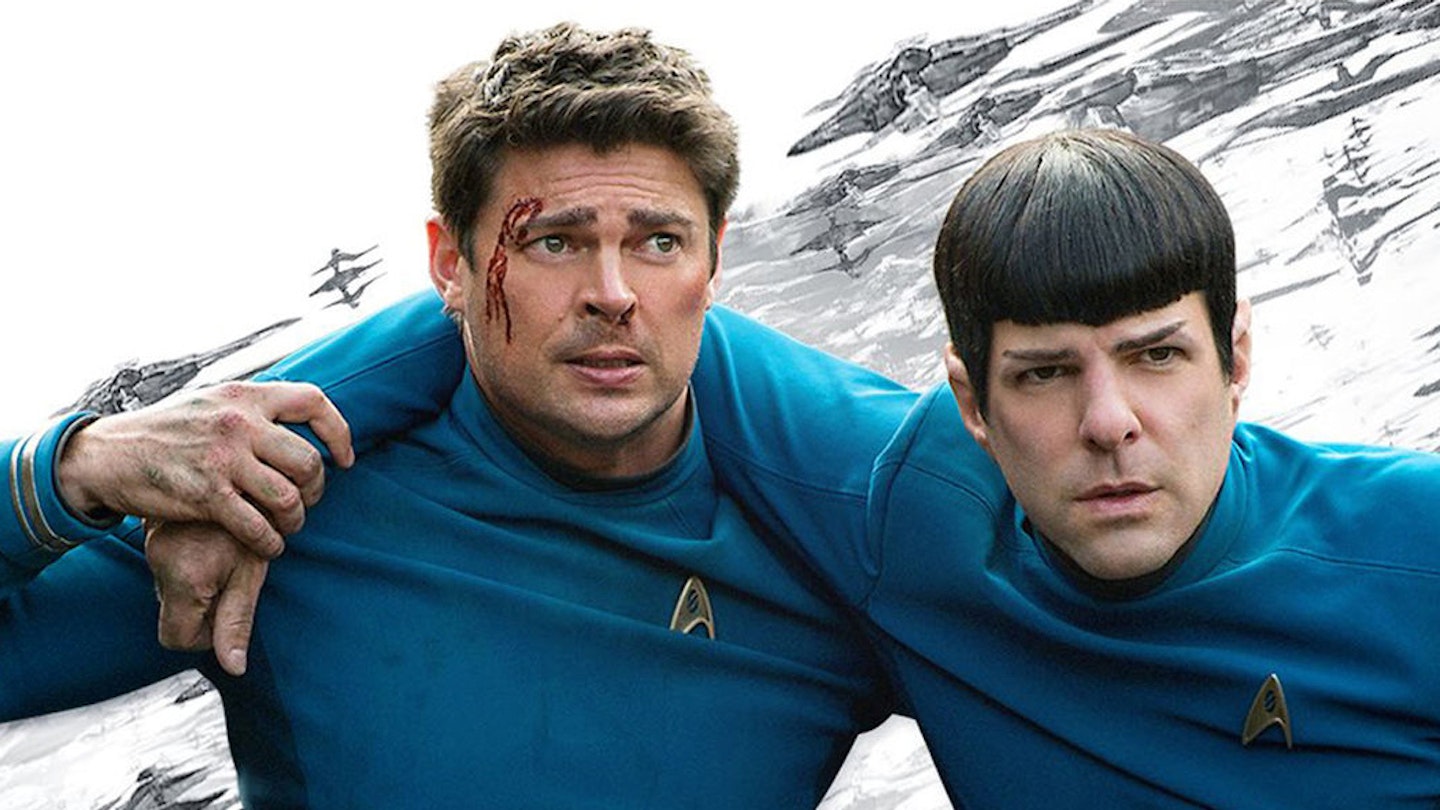
The rapid pace of the production meant that the filmmakers needed to be ultra-efficient in ensuring everything was worth filming – so there’s unlikely to be any juicy deleted scenes on the Blu-ray, says Lin. “We were very surgical. It was a really tight schedule. The challenge became our friend at the end of the day. There were a couple of moments with Spock and Bones that I ended up taking out, but it's very slight. Everything you see in the film is pretty much what we shot.”
7. The whisky scene was tweaked to pay tribute to Anton Yelchin
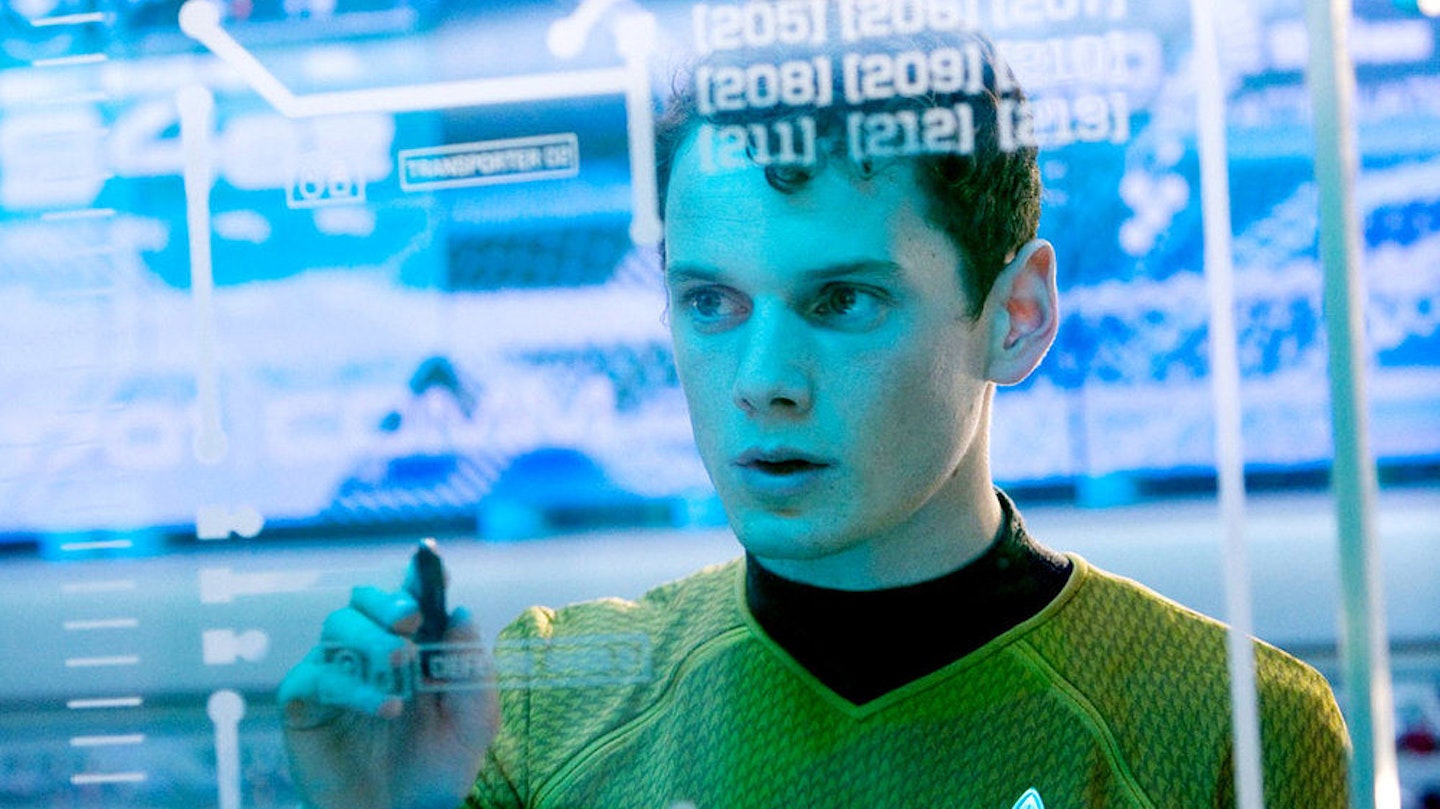
Inevitably casting a shadow over the whole film is the presence of Anton Yelchin (playing Pavel Chekov for the third time) who tragically died mere weeks before Beyond was released. Lin, who quietly admits that “it's still very raw,” confirmed the subtle little clink of whisky that Kirk and Bones offer a third glass was a late-addition tribute to their fallen comrade. “When it happened, we were two weeks from finishing. We went back into it, and I just felt like it was appropriate. It was a good send-off.”
8. Greg Grunberg insisted on playing Commander Finnegan
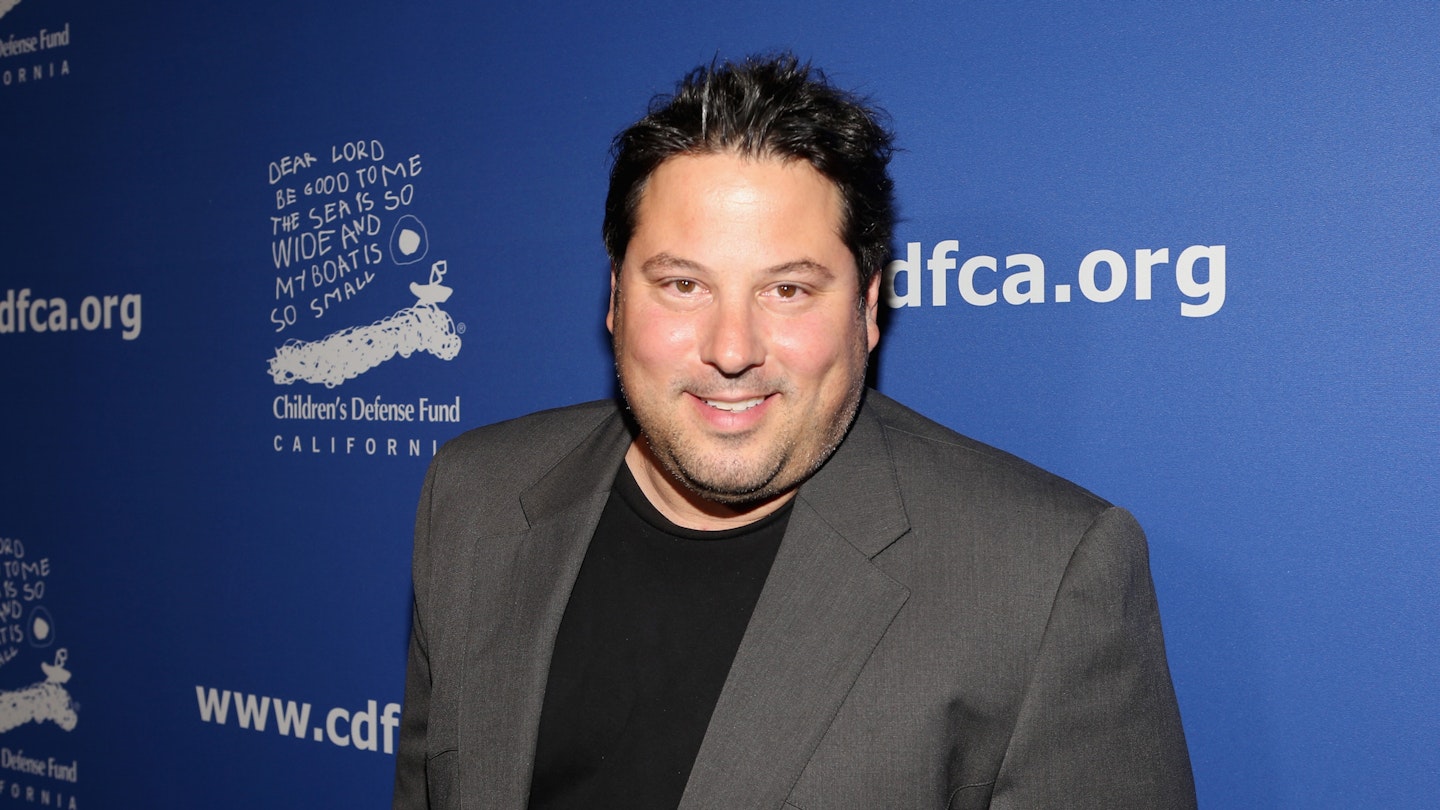
Perhaps best known for his role as a telepathic cop in NBC’s Heroes, actor Greg Grunberg has become something of an Easter Egg for any project involving J.J. Abrams, the two men having grown up as childhood friends. Despite Abrams stepping away from the director’s chair for this instalment, his lucky charm still appears, as Commander Finnegan, a Federation officer on Yorktown. It was a role Grunberg lobbied for himself.
“I kept getting calls saying, 'what's Greg Grunberg doing?'” laughs Lin. “Finally I said, ‘he's gonna be in charge of Yorktown’. Greg comes in and says ‘I want to be Finnegan’. So we had to look up Finnegan...” As hardcore Trekkies will tell you, Finnegan first appears in The Original Series as a Starfleet Academy officer, known for his love of tormenting Kirk.
9. Pegg was concerned about giving himself too much to do
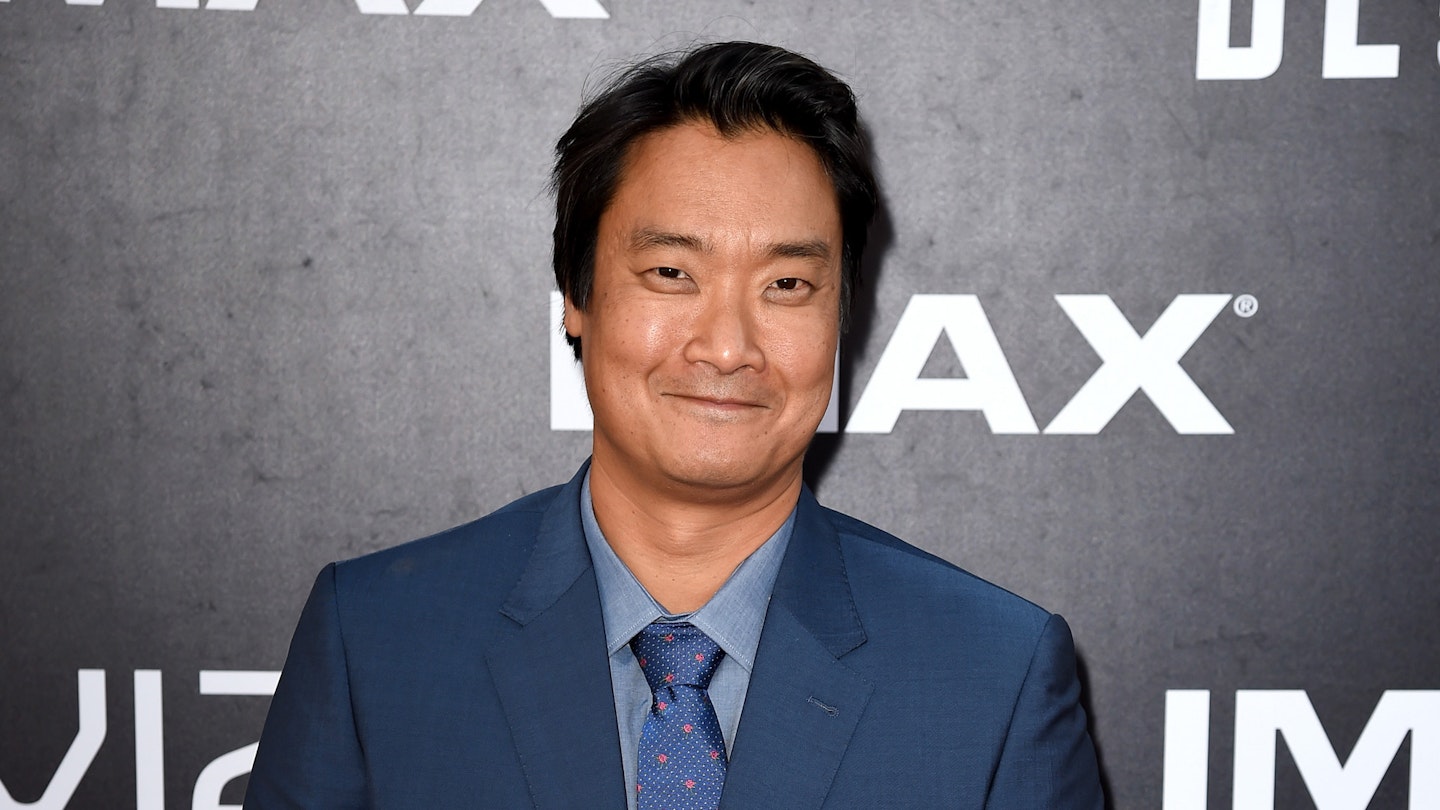
Simon Pegg had the dual role of writer and actor in this film, and he was acutely conscious of writing for himself. “You're sensitive when you're writing your own character that you're giving yourself too much or too little,” he explains. Having a co-writer in Doug Jung helped the process, he says, emphasising that “I really want to make sure everyone knows how much Doug contributed to it, because I'll get a lot of the focus because I'm on the screen as well.”
10. Krall is the Nigel Farage of the piece
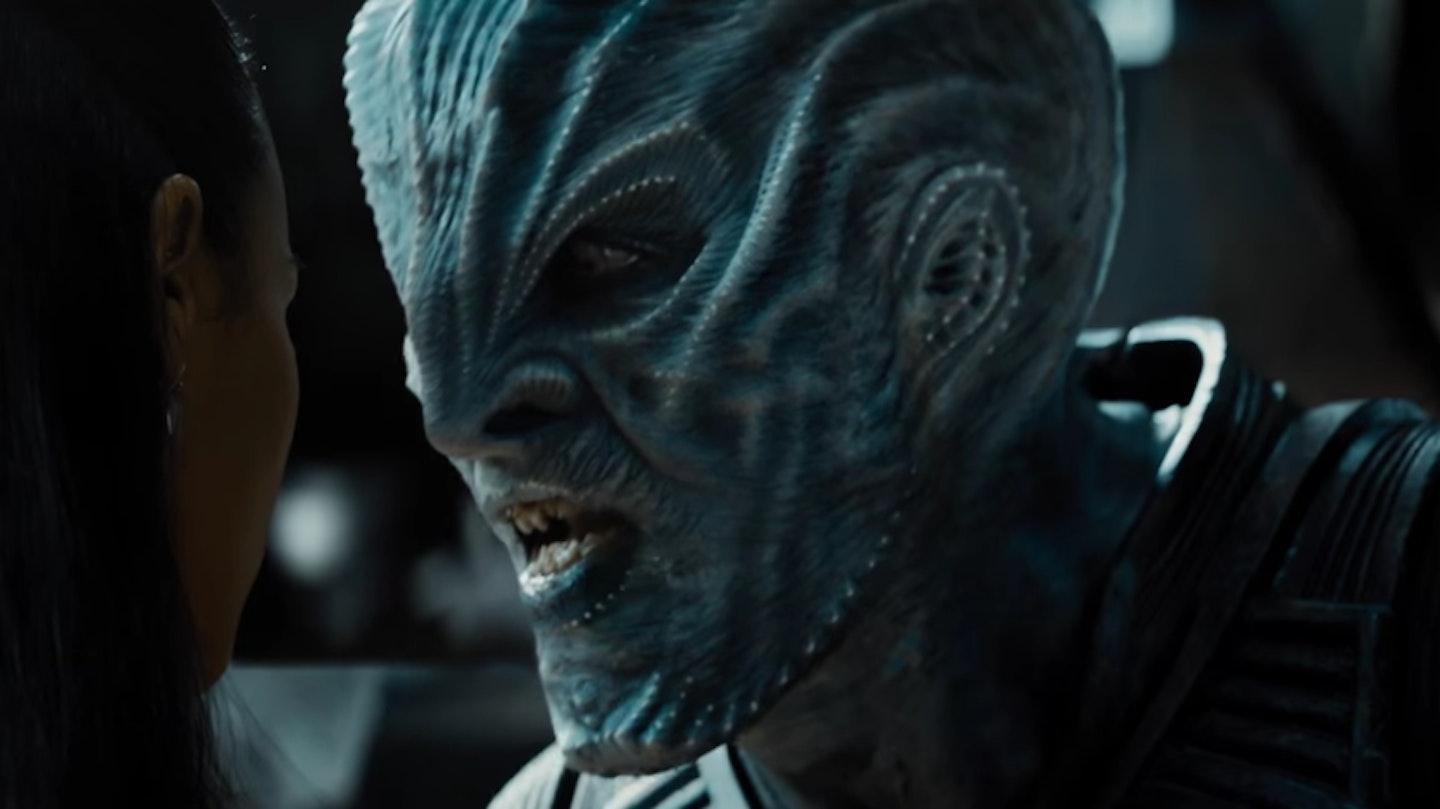
“I can't believe how apposite this film has become,” laughs Pegg, noting how it arrived almost in tandem with the UK's EU referendum. There are, Pegg claims, parallels to be found between Idris Elba’s villainous Krall and the Leave campaign. “He is the guy that doesn't think that working together with other territories is a good idea.... Krall, for his own reasons, decides that war makes heroes, and not peace. It should be rigid individualism, and not unity. That felt like a good thing to do in Star Trek's history – if only to say: ‘you're full of shit, Krall/Farage!’”.
11. The Abronath is a neutron bomb

The Abronath is the McGuffin of the film, or, as Pegg succinctly puts it: “It’s something that does something. It’s the allspark! It’s that square glowing thing in Avengers. It's every fucking thing!”
He then expands a little bit more specifically: “it's a bio-weapon which ignites the air when it moves. It's like a neutron bomb. You can clear the air with it. So Krall didn't necessarily want to destroy Yorktown – he just wanted to clear it so he could use it. He could also infect the rest of the Federation. It was an ultimate weapon to lay waste. He was playing a long game.”
Lin says that some of the backstory to the ancient weapon was given in a “pre-prologue”, which was dropped early in the film’s development. “It was going to explain the Abronath, with all the Altamidians. Ultimately it didn't make sense to do it, but it's still in my head...”
12. Simon Pegg snuck in a Spaced reference
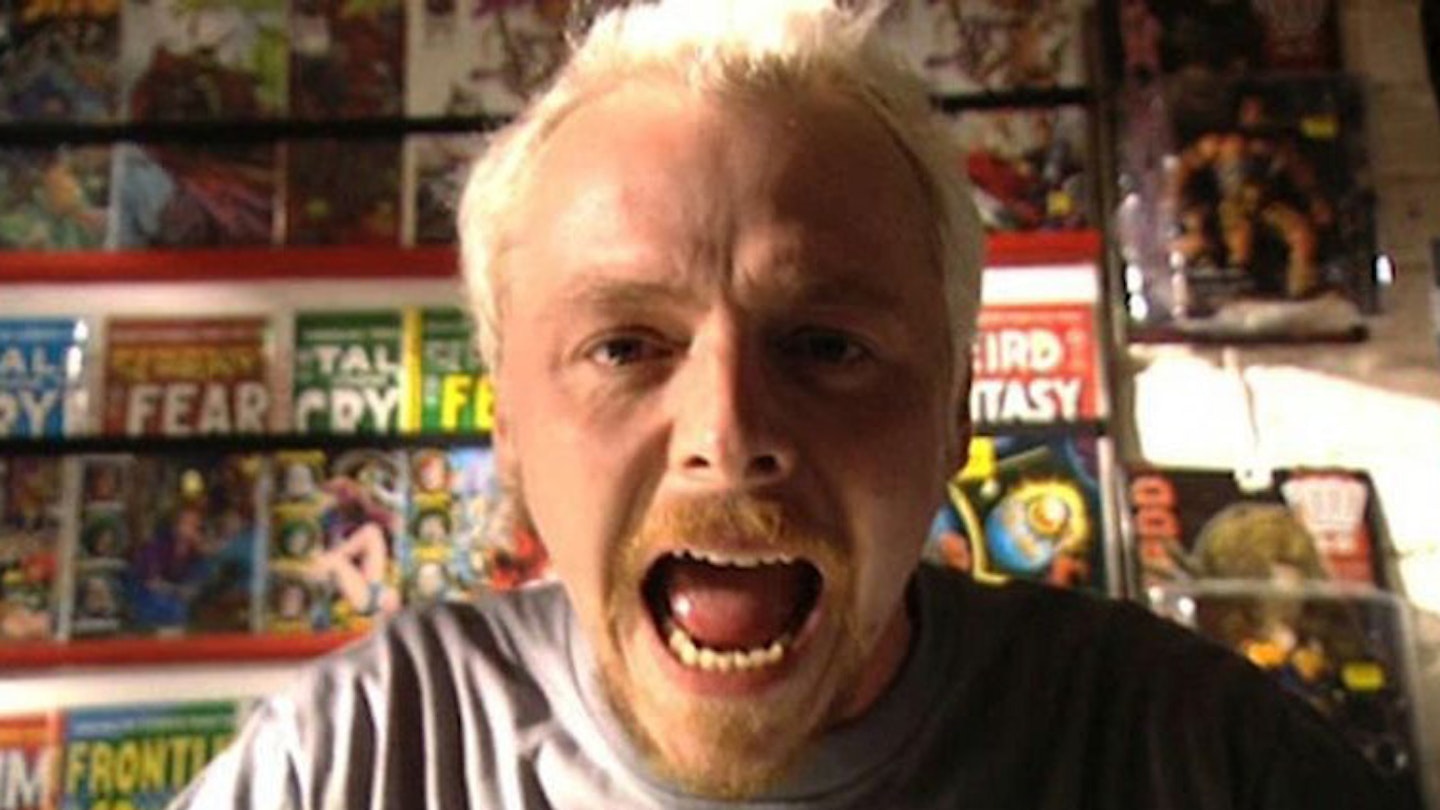
Eagle-eyed Trekkies will spot numerous references to Trek’s history, including a post-credits nod to classic Original Series episode Who Mourns for Adonais? Pegg says that he and Jung would often watch old Trek episodes and jot names down to use for minor characters. But at one point, Kirk impatiently says “Skip to the end!” – a repeated line in Pegg’s own creation, his turn-of-the-century sitcom Spaced.
There’s something of a circuitousness to it all, as Spaced itself referenced Trek, claiming that every odd-numbered Trek film is shit. Pegg hopes, of course, that he has proved himself wrong, given he’s starred in two odd-numbered films in the series now. But says he put the Spaced reference in “just for the old guard. Chris [Pine] obligingly did a Tim Bisley for me.”
Star Trek Beyond is in cinemas now.
READ MORE:
